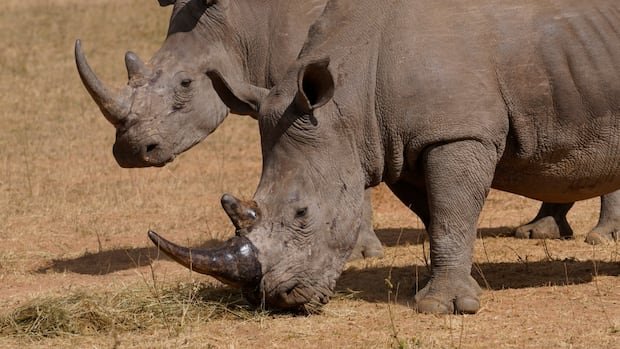Conservationists are using a unique method to safeguard rhinos from poachers by injecting their horns with radioactive isotopes, according to James Larkin, the chief science officer at the Rhisotope Project. The process involves drilling holes in the rhino’s horn, inserting carefully selected radioisotopes, and sealing the horn. This method aims to make the horns detectable by triggering alarms at international border crossings without posing any harm to the animals.
The Rhisotope Project is a collaboration between nuclear energy officials, conservationist scientists, the International Atomic Energy Agency (IAEA), and South Africa’s University of the Witwatersrand. Larkin led the initiative after conducting successful trials to ensure the safety and efficacy of the process. Over six years, they tested the method on 20 rhinos at the Rhino Orphanage in South Africa, with follow-up studies showing no adverse effects on the animals.
While the radiation levels are safe for the rhinos, they are strong enough to activate radiation detectors at various checkpoints, aiding in the prevention of rhino horn trafficking. The goal is not only to apprehend traffickers but also to deter poachers from targeting rhinos. Mariano Grossi, the director-general of the IAEA, praised the project for utilizing nuclear science to address global conservation challenges effectively.
In addition to the radioactive horn approach, de-horning has also proven effective in reducing poaching activities. The Rhisotope Project aims to expand its efforts beyond the initial trial group and collaborate with private wildlife parks and conservation authorities to protect rhinos. With rhino populations drastically declining due to poaching, innovative strategies like radioactive horn injections are crucial to combat illegal wildlife trafficking.
The project’s success has garnered interest in applying similar methods to protect other vulnerable species like elephants and pangolins. While these initiatives show promise in curbing poaching activities, addressing the root causes of illegal wildlife trade remains essential to ensure the long-term survival of endangered species like rhinos.

